Maglio Averoldi
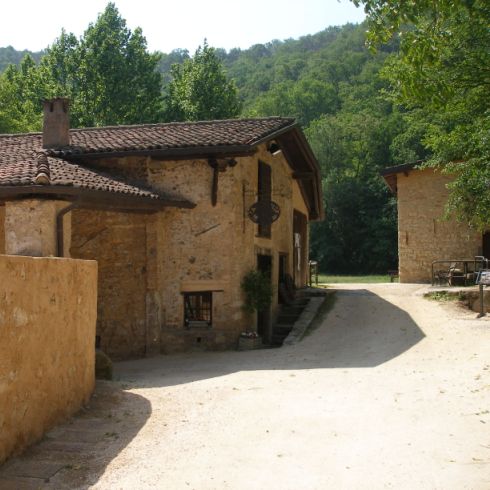
Il Maglio Averoldi rappresenta un pezzo significativo di
storia delle origini artigiane della Franciacorta.
Databile al 1080 da documenti storici, fa parte di un complesso
di fabbricati di rilevante valore storico e ancora integri,
composti da un fabbricato a due piani fuori terra adibito a fucina per la lavorazione
del ferro, con antistante porticato ad uso comune,
con locali per deposito e impianti di movimento e
apporto dell’acqua.
La superficie coperta è di mq 160, mentre il volume è di mc 960;
la fucina è a pianta quasi rettangolare, disposta lungo curve
altimetriche e segue l’andamento della strada
d’accesso, che ne fiancheggia il lato ovest ed il
corso della roggia “Molinaria”.
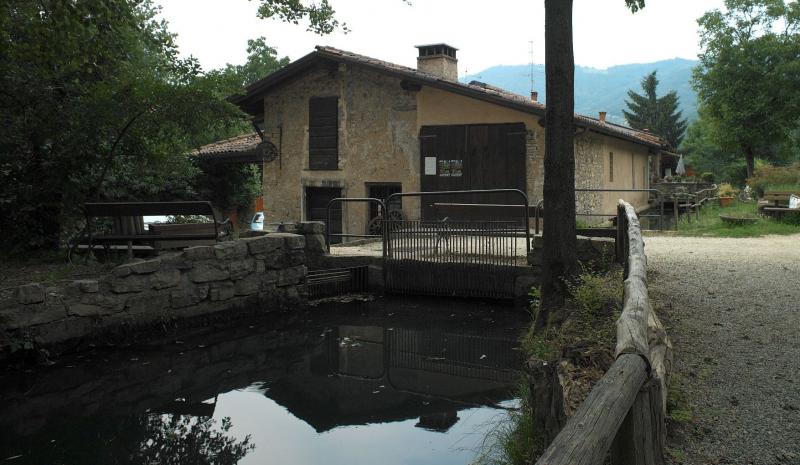
Il Maglio fu di proprietà della famiglia Averoldi fino al 1997,
anno in cui venne acquistato dal Comune di Ome che,
con attento restauro, ha riportato il maglio in attività
e ne ha fatto un progetto didattico di grande
valore per non disperdere il patrimonio di cultura
e di esperienza accumulato nei secoli dalla perizia
e dalla passione degli artigiani.
La possibilità di visitarlo è oggi assicurata dalla presenza
di appassionati volontari che con competenza
guidano gli ospiti alla conoscenza della struttura
ed alle varie fasi di lavorazione del ferro.
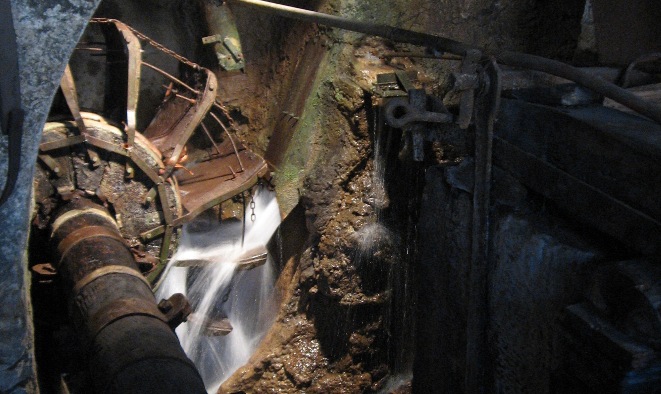
Abili artigiani si dedicano alla produzione di antiche
armi per le rievocazioni storiche o di pregiatissimi
manufatti in “damasco”.
Sono inoltre organizzate periodicamente interessanti mostre a tema,
organizzate dal Comune di Ome.
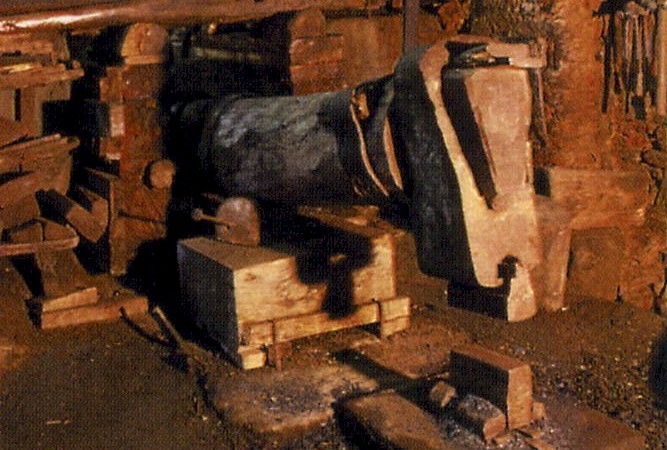
-------------------------------------------------------------------------------------------------------------------------
THE AVEROLDI FORGE
The old Averoldi mill and forge are situated in the Grotta area of Ome.
In 1155, the monastery of Rodengo bought a property at Cerezzata, Ome, which included vineyards, fields, woodland and part of a mill. This property was kept by the monastery until the end of the sixteenth century because it was profitable, being used for grinding grain from the monastery and for making iron agricultural tools.
References to the mill are frequent and detailed from 1500 onwards, and show it to have been efficient and active under the proprietor Forelli Battola.
In 1641 it was equipped with two waterwheels. In the commercial assessment of 1744, when it belonged to Pavolo Battola, there were references to "a mill with just one waterwheel" equipped with "a millstone that grinds only grape seeds" and to a "forge with two fires". The commercial assessment of 1750 describes it as a "forge with two fires with unreliable water", where Pavolo Battola, son of Stefano, produced "small irons".
During the 19th century, it passed through various hands and continued its dual activity. In 1819 it was referred to as a "forge workshop" and, in the cadastral map of 1851, as "a forge with kiln and water with habitation; corn mill and oil watermill with habitation and 19 vegetable plots".
In the late 1800s it became the property of the Averoldi family, who used it to make agricultural tools for local people and for other villages in the Franciacorta area. Andrea Averoldi, called 'the maer', was the last member of the family to work iron in this forge using traditional techniques.
The forge comprises a two-storey building for working iron, with a front porch for communal use, storerooms, and rooms for the machines moved by water power. It is almost rectangular in shape, laid out according to the lie of the land, following the access road on the west side and the course of the mill's irrigation channel. The entrance is below the level of the road with a ramp to facilitate the movement of materials and goods. The working area that houses the forge and hammer covers 78 m2 and is 4 metres high. The fire is blown by airflow produced by water falling in a vertical tube; the water moves the waterwheel mounted on a long wooden shaft, which transmits power to the hammer and other machinery. Below the hammer is an anvil on which the pliable, white-hot iron is worked, and nearby is a vat of water used to temper the hot iron.
The tools have been kept in their original places, and some items are displayed individually to show the various stages of working.
A room which is reached from the roadway is used to store wood and coal for the fire.
The walls of the entire building are made of stone bonded with a little mortar. The gently-sloping pan-tiled roof is a wooden-beamed structure covered with boards and tiles. Buttresses support the southern outer wall and help to strengthen the bed of the irrigation channel.
The floor is made of beaten earth to absorb the blows of the hammer, and in summer it is cooled by sprinkling with water.
The white-hot iron used to be worked in the half-light, so openings were not necessary. However, the windows and slits which are set irregularly in the outer walls provide a little light and also serve to let out the heat and smoke. A door near the forge leads outside and provides access for maintenance to the waterwheel.
HISTORICAL RESEARCH BY DON GIANNI DONNI
The Ome Town Council purchased the forge in 1997 and had it restored and put back into operation. On 29th May 2000, an association called Amici del Maglio (Friends of the Forge) was formed to promote cultural events and revive the ancient art of making Damascus steel blades, which represent the peak of the smith's art thanks to their beauty and mechanical quality, and continue to increase in market value.
Damascus steel is a particular type of steel which is specially worked to achieve its final appearance with wavy markings in contrasting colours, referred to as marbling. Some examples are said to have been produced in Damascus, even though it is increasingly evident that the city had a merely strategic function as an important crossroads where goods of various kinds and values could be exchanged.
The blade of a knife found near Lake Bolsena enables us to date the beginning of the use of the Damascus technique as far back as the seventh century BC. The blades produced in this forge are entirely hand-made using the 15th century water-powered hammer and the coke furnace.
The Friends of the Forge.
Gallery
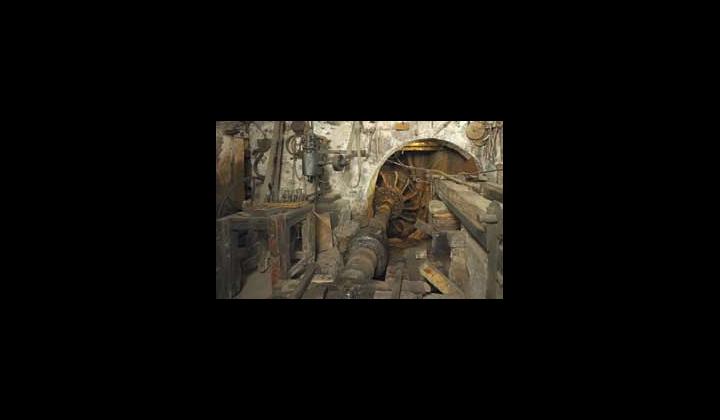
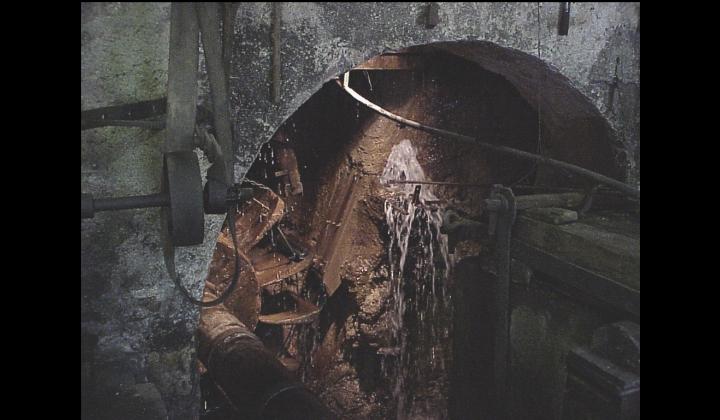
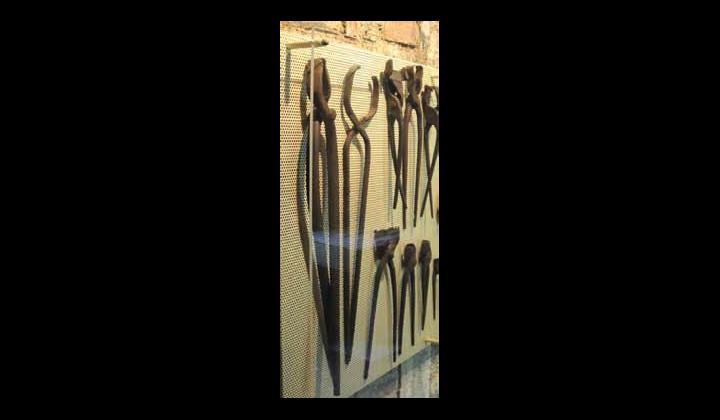
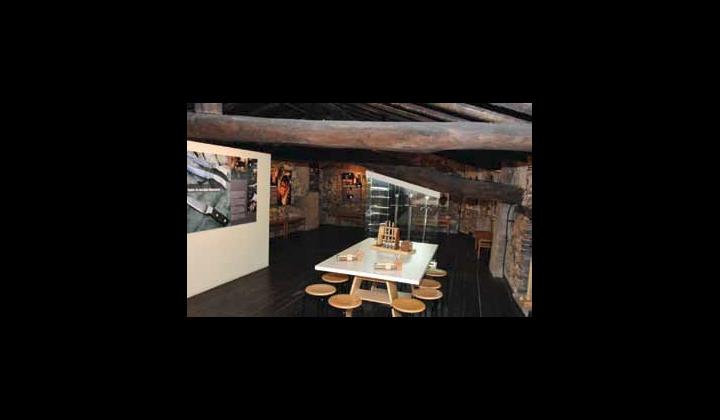
Allegati
Scheda informativa
Note: Info sheet

